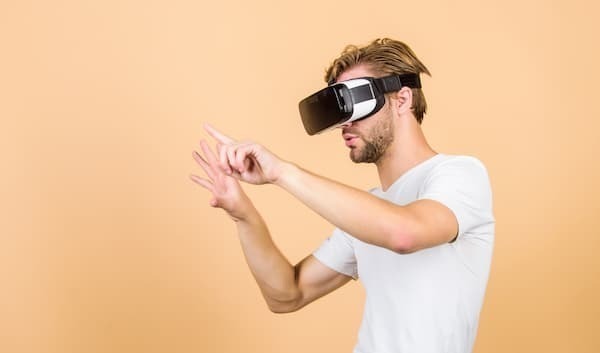5: XR & visual storytelling
Wednesday, February 14
Friday, February 16

Guiding Questions
How are startups innovating to move away from text-based stories? What techniques are available for increasing engagement or visual appeal without sacrificing depth? How is the growth of technologies like virtual reality headsets changing how people consume news? Can using VR or AR in reporting the news make it more impactful? Can it make people more empathetic?
Class Topics
W, 1/31: “XR and the future of media,” Field trip to the XR lab with Adam Heet, Navari Center digital specialist and KC Frye, Director of Creative & Media, ND Learning. Note: Meet in Hesburgh Library Rm 231 instead of our regular classroom.
In-class activity links: “The limited benefits of using Virtual Reality 360 videos to promote empathy and charity” (Martingano, et al.)
F, 2/2: Data visualization and visual storytelling
In-class activity links: “9 types of visual storytelling on mobile”; The Pudding (Invisible Epidemic; Wedding Playlist); “Spatial journalism,” a project from the NY Times Research and Development department and 31 uses of AR or VR in media; Virtual Reality by The Guardian
Read This:
Readings with annotations are due before class on Wednesday of each week. All readings, videos, and webpages are available on Perusall, accessible through the course’s Canvas page. Please refer to the Readings on Perusall prompt for instructions. You must read on Perusall to get credit.
-
Read: “Some stories are best told in your own spaces” (NYT R&D)
-
Read: “How Using Virtual and Augmented Reality Helps Local Journalists Cover Syria” (Global Investigative Journalism Network)
- Read: “Deadlines or depth?: The model of ‘slow news’ startups” (Melanie Faizer, MIE)